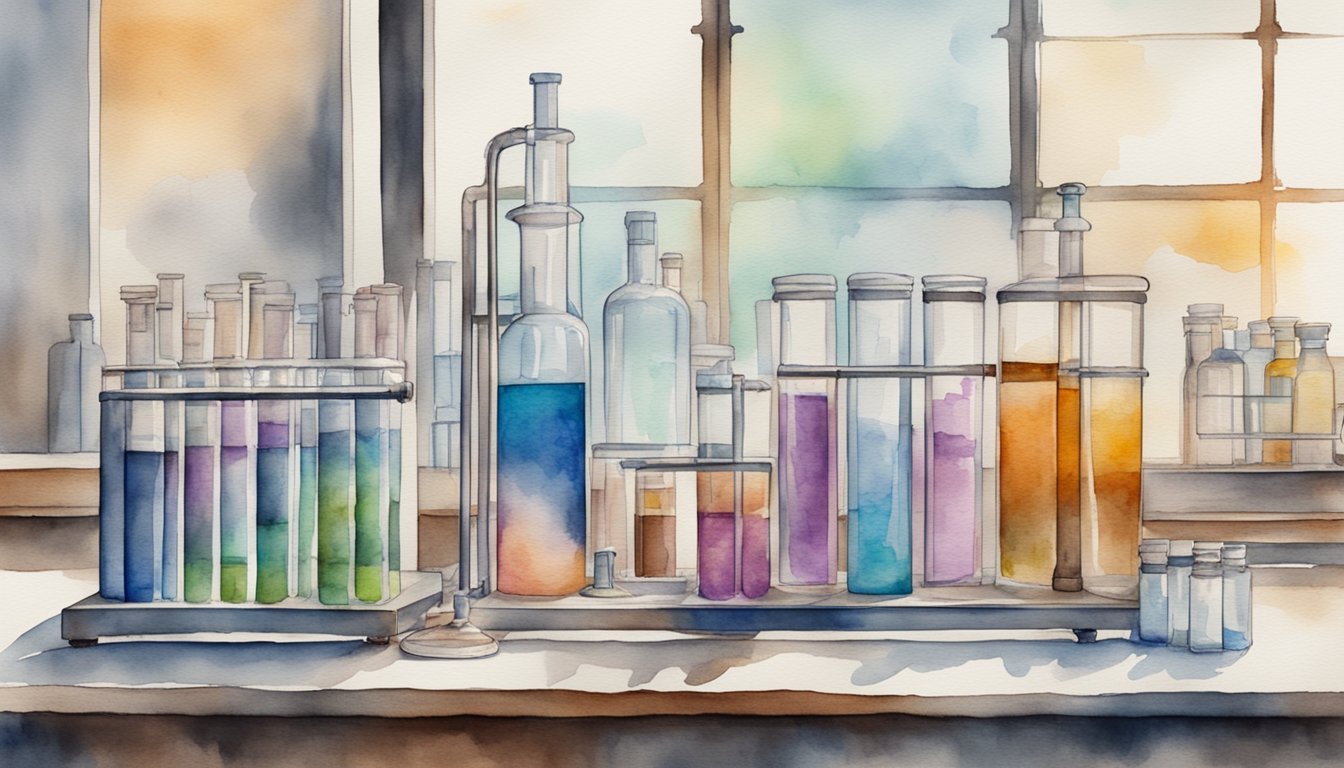Understanding Adrenochrome and Aging

Aging is an intricate process, and the role of adrenochrome has spurred myths alongside scientific discussion. Exploring this controversy and understanding the biological underpinnings of aging are critical to dispelling misinformation and considering the ethics of age-related research.
Science of Aging
The Science of Aging involves the study of how organisms change over time, involving decline in cognitive function and increased susceptibility to diseases like cancer and cardiovascular disease. Molecular changes, such as DNA damage, inflammation, and the accumulation of senescent cells, contribute to the biology of aging. Research in the fields of genetics and stem cells has been key in understanding the mechanisms behind human aging.
Adrenochrome Mythology
Adrenochrome Mythology suggests it’s a fountain of youth, supposedly obtained from young blood, with anti-aging effects. This concept has been popularized in fiction and conspiracy theories but it lacks empirical evidence for such claims. In contrast, controlled scientific studies in neurodegeneration, spearheaded by neuroscientists and gerontologists, seek credible anti-aging drugs and treatments.
Biological Basis of Aging
The Biological Basis of Aging lies in cellular and molecular changes. Structures like hippocampi, involved in memory and cognition, deteriorate over time. Stem cells decrease in number and functionality, impeding tissue regeneration. Cellular senescence halts cell division, preventing cancer but also contributing to aging by accumulating damaged cells.
Ethical Considerations
Ethical Considerations in anti-aging research, especially with interventions like blood transfusions from the young to the old, are crucial. Research must balance the pursuit of extending longevity and improving the quality of life against potential risks and the social implications of such treatments.
Discoveries in the field strive to combat conditions like cognitive decline and chronic conditions, always within the bounds of ethical research practices.
Adrenochrome in Scientific Research and Pop Culture
Adrenochrome has been a subject of scientific curiosity and cultural mystique, captivating researchers and the public alike with its purported effects on aging and its portrayal in media.
Historical Context of Blood Research
Blood has been associated with vitality and youth since ancient times, with centuries-old practices hinting at the rejuvenating properties of blood. In 2011, research conducted by Saul Villeda at the University of California, San Francisco, provided a modern context by showing that factors found in young blood could reverse age-related cognitive decline in mice. By 2014, a Stanford University study led by Tony Wyss-Coray advanced the discussion by suggesting that young blood could also rejuvenate the brains of older mice.
Contemporary Studies and Trials
Contemporary scientific interest has given rise to a number of trials and companies, most notably Alkahest, which was founded in part by Wyss-Coray, and Ambrosia, started by Jesse Karmazin, to explore the benefits of young plasma. Clinical trials at these and other institutions are investigating the potential therapeutic benefits of young blood in combating age-related diseases like Alzheimer’s, heart disease, and arthritis. The National Institutes of Health has shown interest in these developments, funding research into the molecular aspects of these effects. Researchers are also exploring how components found in young plasma could enhance tissue repair and regeneration, potentially complementing existing treatments such as tendon supplements for recovery. Preliminary findings suggest that certain proteins and growth factors in young blood may help accelerate healing processes, offering new hope for patients with chronic injuries. As interest grows, regulatory agencies are closely monitoring these advancements to ensure their safety and efficacy.
Influence on Popular Media and Conspiracy Theories
The concept of adrenochrome has pervaded pop culture, influencing books and movies with a dark allure. This fascination occasionally veers into the realm of conspiracy theories, disconnected from the scientific reality. Adrenochrome’s mention in works like Hunter S. Thompson’s “Fear and Loathing in Las Vegas” has helped to entrench it in the public’s imagination.
Advancements in Anti-Aging Research
As research progressed, interest in the intersection of blood and aging grew, leading to discoveries such as the potential of senolytics — drugs that target aging cells. Developments like the identification of TET2 by the University of Washington suggest that rejuvenating properties may be rooted in blood’s molecular components, and not necessarily adrenochrome itself. This understanding has evolved especially in light of the COVID-19 pandemic, influencing the trajectory of aging and clinical research.

